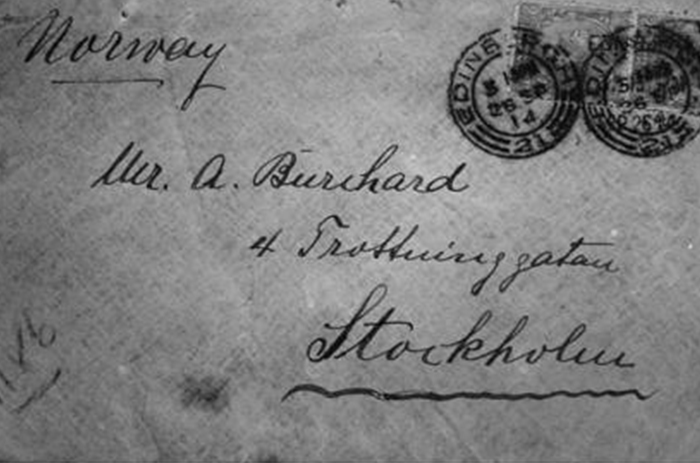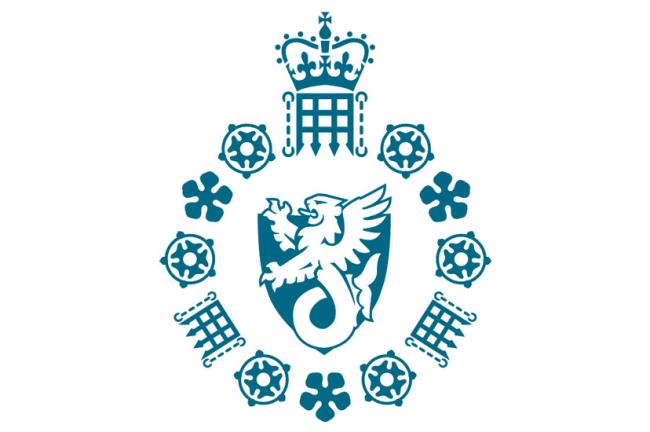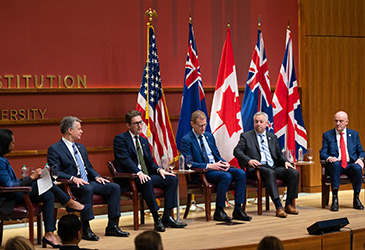
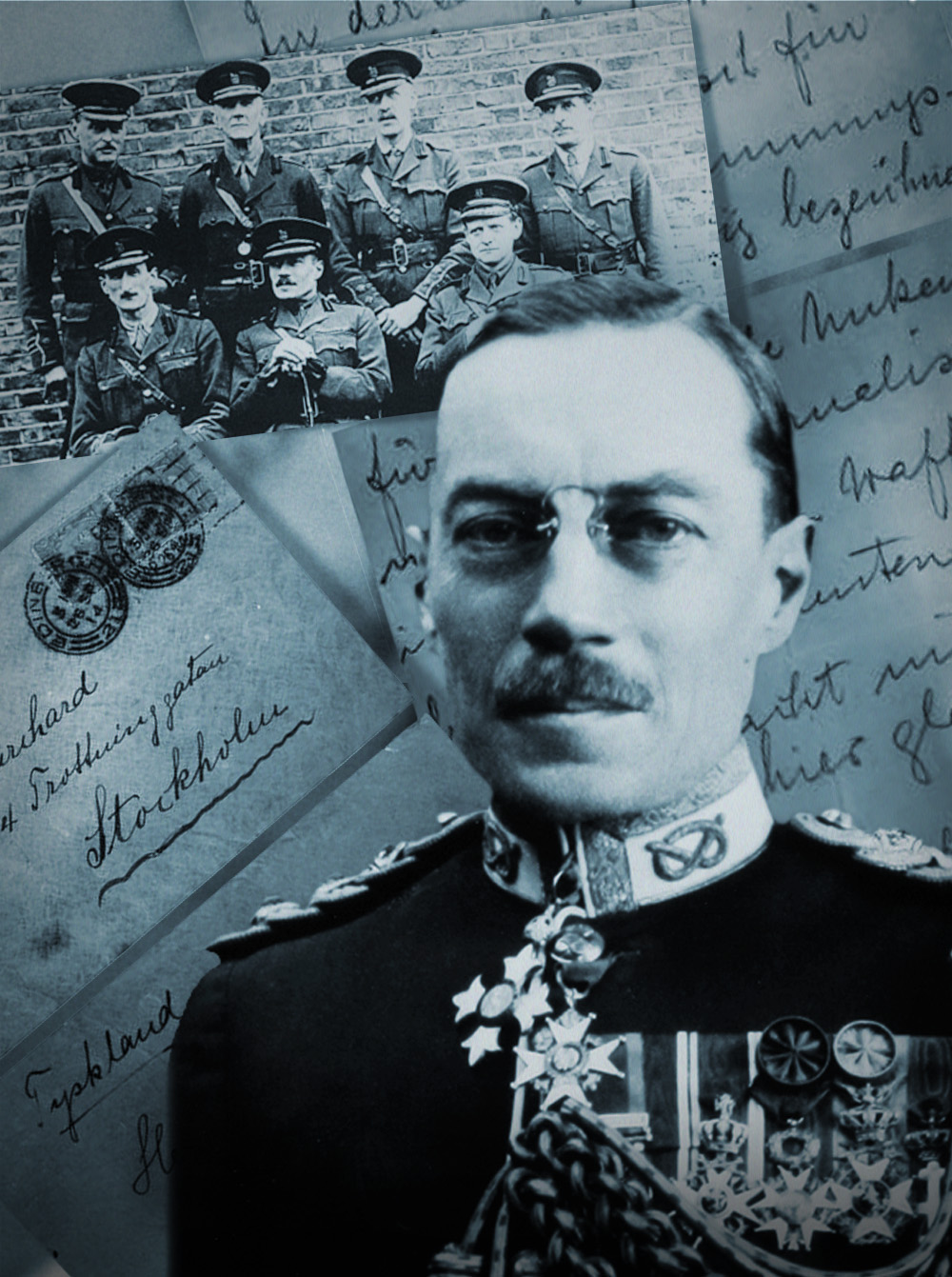
Carl Hans Lody
"I suppose that you will not care to shake hands with a German spy"
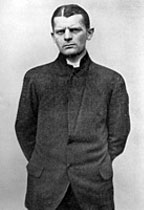 Carl Hans Lody was a junior lieutenant in the German Naval Reserve who spied in Britain and Ireland at the start of the First World War. Before the war, he had been married to an American woman (from whom he was divorced by the time the war started) and spoke fluent English. He had been a personal acquaintance of the first director of German Naval Intelligence, Commander Fritz Prieger, and in May 1914 he volunteered for service with the department.
Carl Hans Lody was a junior lieutenant in the German Naval Reserve who spied in Britain and Ireland at the start of the First World War. Before the war, he had been married to an American woman (from whom he was divorced by the time the war started) and spoke fluent English. He had been a personal acquaintance of the first director of German Naval Intelligence, Commander Fritz Prieger, and in May 1914 he volunteered for service with the department.
He was originally given the task of reporting from southern France, but he was re-tasked in August 1914 with spying against Britain and specifically the naval bases in the Edinburgh-Leith area. When he was put on trial for spying some months later, he claimed that he had not wanted to become a spy and had sought an exemption from service on medical grounds so that he could return to New York. However, the German admiralty's files show that Lody had in fact become a spy of his own free will and had signed a formal agreement with the naval intelligence department before the war had begun.
Spying in Scotland and Ireland
The Germans provided Lody with a substantial amount of money and an American passport under the name of "Charles A. Inglis". On 14 August, he set off from Hamburg to neutral Norway, from where he took a ship to Newcastle, arriving on 27 August. He then went to Edinburgh, where he found lodgings.
The Firth of Forth, the large estuary to the north of Edinburgh, was of great strategic importance. As well as being the main seaward approach to the Scottish capital and the site of the Forth Bridge, it was used as an anchorage by dozens of Royal Navy ships. The area was heavily fortified with gun batteries and minefields to protect it against attacks from the sea. The Germans wanted to obtain information on the British fleet and defences, as well as the aftermath of any engagements. According to the German Admiralty's files, "if or when Mr. Lody comes to know that a naval battle has taken place, he will enquire as much and as unobtrusively as possible regarding losses, damage etc."
However, Lody had little training for espionage. His only means of communication with his superiors in Germany was by telegrams and letters to neutral countries. He sent a number of telegrams using a simple code, but other highly incriminating messages were sent in plain text without any coding. He did not know that MI5 was monitoring letters and telegrams abroad, or that his messages would be intercepted.
Lody was detected in his very first message home, which had been sent to an Adolf Buchard in Stockholm. MI5 knew that this address was a cover for German intelligence. Any messages sent there were intercepted and Lody's correspondence made it clear that a German spy was active in Britain. His identity was not known at that stage, as he signed his messages "Charles" or "Nazi". (The latter alias had no connection with Adolf Hitler's party, which was founded after the war. Before then, the word "Nazi" was used as a short form of the name "Ignatz"; it was also a nickname for Austro-Hungarian soldiers.) It later became known that Lody was travelling using an American passport in the name of Charles A. Inglis.
During his month in Edinburgh, Lody sent regular messages in English and German to his contacts in Stockholm. Some of these were allowed to go through because they contained misleading information that would alarm the Germans but cause no harm to the British cause. For instance, he sent letters about a supposed landing of "large numbers of Russian troops" in Scotland, repeating an infamous rumour that thousands of Russians "with snow on their boots" had been sent to fight on the Western Front. There was no truth in the story but it caused great concern to the German military.
Lody travelled to Dublin in Ireland on 29 September, travelling via the busy port of Liverpool. He took the opportunity to write a detailed letter in German describing ships in the harbour and conversations that he had overturned. Unlike some of his earlier letters, it contained information of real military value to the Germans, but was written without any coding. Postal censors intercepted the letter and MI5 decided to order his arrest.
The Edinburgh police carried out an urgent investigation that uncovered the movements of "Charles Inglis" and identified his hotel in Dublin. The Irish police in turn tracked him to Killarney in County Kerry, where Lody had travelled with the intention of "disappear[ing] for some time", in the awareness that he was under suspicion. He was finally arrested in his hotel on 2 October 1914. The police discovered Lody's true identity when they found a tailor's ticket in his jacket bearing his real name and an address in Berlin.
Lody on trial
Having been transported back to London, Lody was put on trial for "war treason", a rarely-used charge which treated espionage as a war crime and was punishable by the death penalty. Lody admitted in court that he had been a spy and had been sent to Britain by his superiors in Berlin. He refused to name Fritz Prieger, the person who had recruited him: "that name I cannot say as I have given my word of honour".
Unlike later captured spies, Lody was tried in public and the case was widely reported in the press. His declarations of patriotism and honour attracted widespread admiration in both Britain and Germany. When he was convicted and taken to the Tower of London to be executed on the morning of 6 November 1914, he was reported to have said to the officer who escorted him from his cell to the execution ground: "I suppose that you will not care to shake hands with a German spy". "No," the officer replied; "but I will shake hands with a brave man."
Lody's story is retold in detail in Shot in the Tower, by Leonard Sellers. Files on the case from the War Office and Director of Public Prosecutions can be viewed at The National Archives, Kew London.
Below are some documents from the Lody case held by the National Archives. They are among declassified files held by the National Archives and can be viewed by any person with a free National Archives pass. The documents presented here are part of the file DPP 1/29 ("LODY, C H Offence: defence of the Realm Regulations").The documents presented here are the copyright of The National Archives.
The message reads: "Enclosed cutting from the Edinburgh The News of the World. Typical for the English way of causing ill-feeling and at the same time characteristic of the perfect ignorance of journalists in this country regarding the difference between military weapons and military tools. But this does not make any difference - the people here believe everything. Yours truly, Nazi."
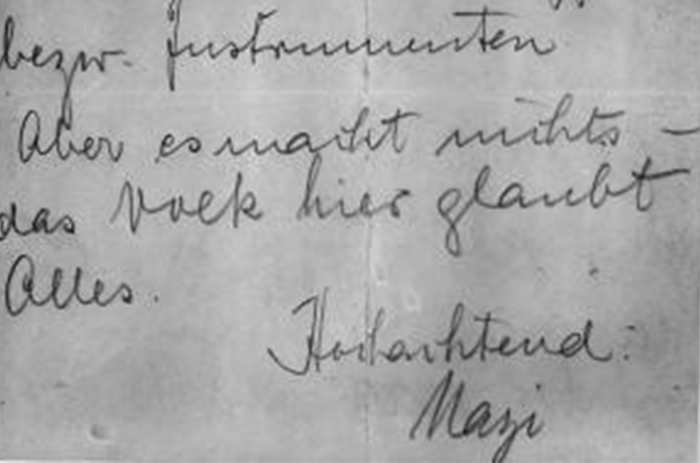
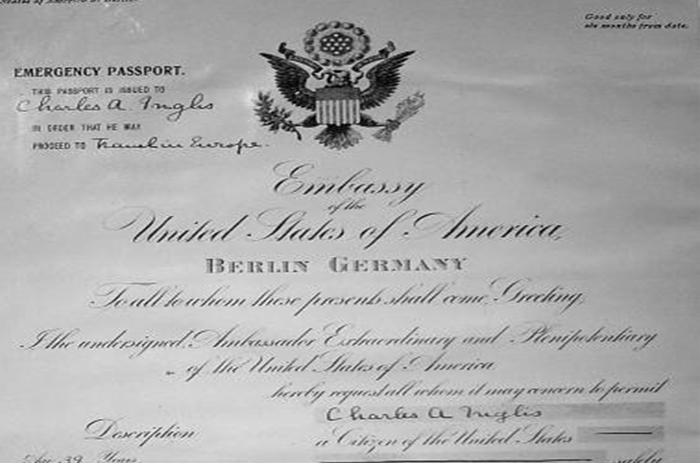
The first envelope was sent to a cover address in Sweden; the second envelope, which enclosed the letter, was concealed inside the first and was addressed to Lody's controllers in Berlin.
